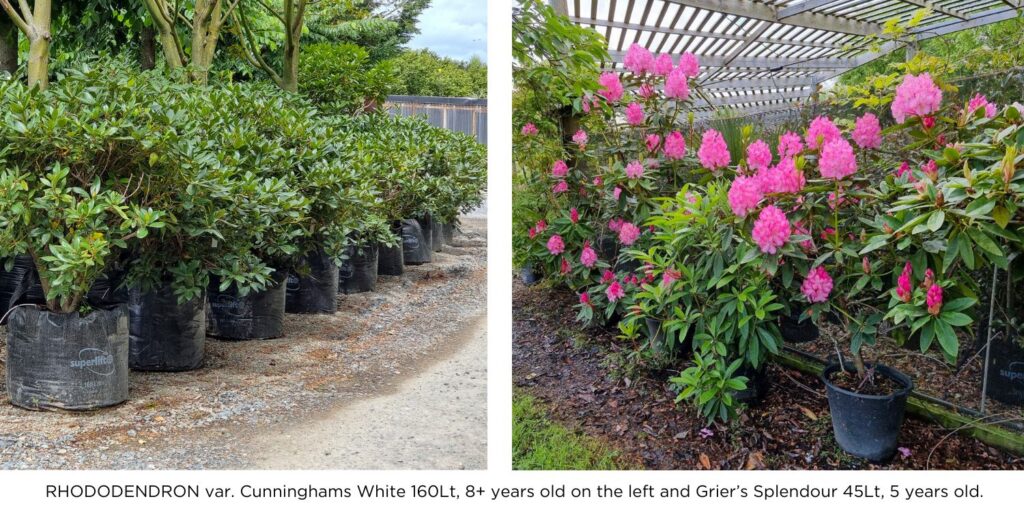Southland Heritage Month: Lennel History – Part 2: Where Wild Things Grow

Entering a room to see mushrooms growing on the floor suggests a few things. Firstly, that there’s a need for more sunlight in the room. Secondly, it might have been a few years since a hoover was run over the carpet. For the family that just purchased Lennel, the presence of those mushrooms growing on the floor of the house no doubt suggested there was some work to be done too. There was also a 1924 Dodge that had been parked up with the intention of being restored. Time passed and the tasks of maintaining Lennel meant this was not possible. A situation the weeds that had to be chainsawed out of it 20 years later had taken full advantage of.
This was back in 1997 and Lennel, the house built by John Turnbull Thomson, the architect of Invercargill’s layout and renowned surveyor, finds itself out of family ownership for the first time since 1884.
Curiously, it means the house moved from the ownership of Frederick Hall-Jones (a direct descendent of Turnbull Thomson) to the Finlayson family that would go onto include a Thompson, meaning the founders surname was alive and well inside the walls of Lennel once more (although we note the difference in spelling).

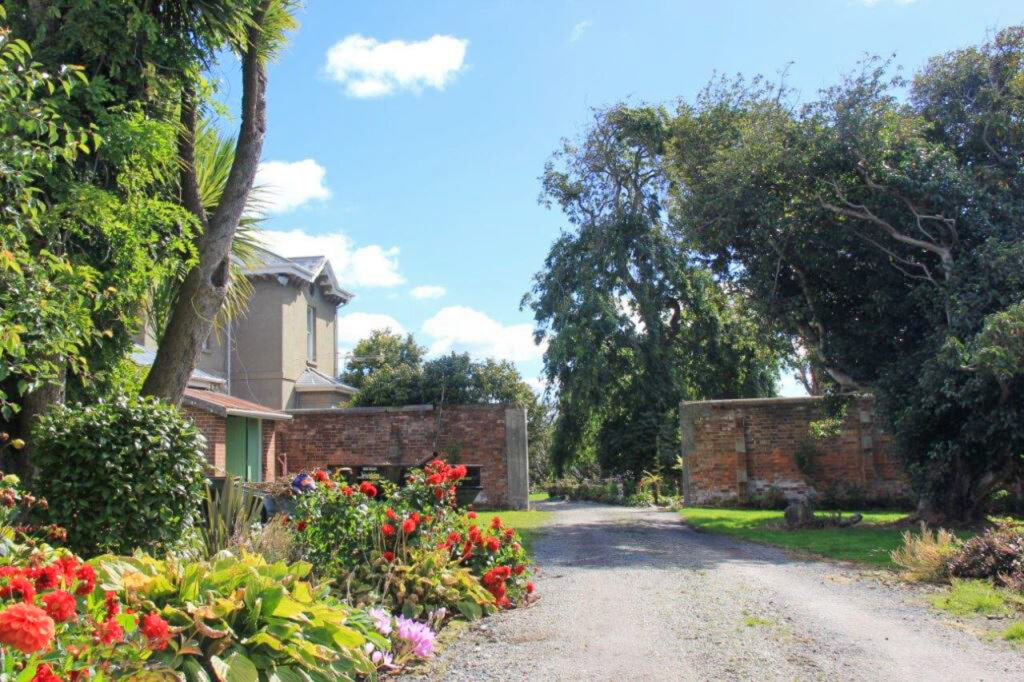
The ‘Gentleman’s Garden’ of 1897 had long since become more of a disheveled vagrant, part of a property and grounds that had grown in disrepair despite being very much smaller in size. Turnbull Thomson’s daughters had subdivided much of it for farmland.
Then Hall-Jones (another descendent), with no gardeners or servants to help and small children needing parenting, decided it best to secure the family’s future by subdividing the land and building on it. In fact, all of the original houses on Park Street in Invercargill were built by Hall-Jones. They are quite wonderful examples of the period and add an old-age charm to the area.
After building these homes, Hall-Jones then had the foresight to set about preserving what was left of the original home to make sure it would remain largely as it was, with Lennel becoming the first property in New Zealand to have a heritage covenant applied to it.
The purpose of this covenant is to protect, preserve and maintain a historic site, placing strict conditions on the use of the property. Only two buildings in Invercargill are subject to a heritage covenant, Lennel being one. The other is the Bank of New South Wales, on the corner of Dee and Tay streets.

After purchasing Lennel in 1997, the Finlayson family set about exploring their new home. And we really do mean explore, because every corner of the house and garden held new discoveries and some truly perplexing secrets. Hiding these delights were weeds and invasive trees that took hold and consorted to hide the beauty of the property by claiming it back for nature. Inside the house, mushrooms made themselves home, suggesting darkness and dampness had long since been the norm within Lennel’s walls.
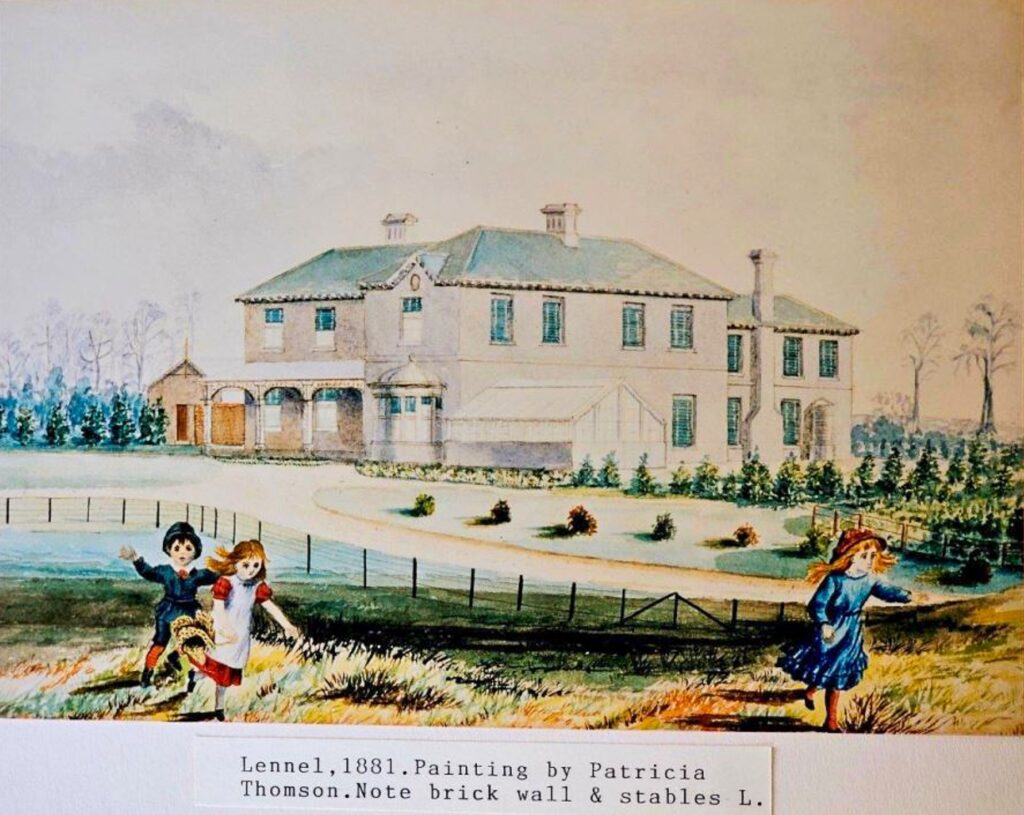
The garden would have to wait. Lennel was purchased with the intention of turning it into a family home once more, somewhere children could have the most epic games of hide-and-seek, and parents might find a quiet corner to relax at the end of a long day’s work. It was destined to become a generational family home once more, passing from parent to child.
This is exactly what it became, and in 2021 the next generation of the Finlayson family took over. Will Finlayson & Laura Thompson had themselves a home that whilst not quite returned to its former glory, had seen some modernisation. Importantly, it had also seen the smiles and laughter of family, something Will and Laura would continue as their own family grew with 3 children of their own.
Since 2021, work on the home has continued and is considered to be 70% complete. Excitingly, the family couldn’t resist tackling that garden too, setting themselves the ambitious target of completing both, despite holding down full-time jobs and trying to find children intent on winning those epic games of hide and seek.
The heritage covenant on Lennel is a double-edged gardening shear. It does a great job of protecting the house and grounds, yet it also delays renovations and adds considerable costs. A case in point are the rhododendron bushes. As any gardener will know, they need trimming every now and then. But at Lennel you can’t. Not until a report has been completed, submitted and approved anyway.
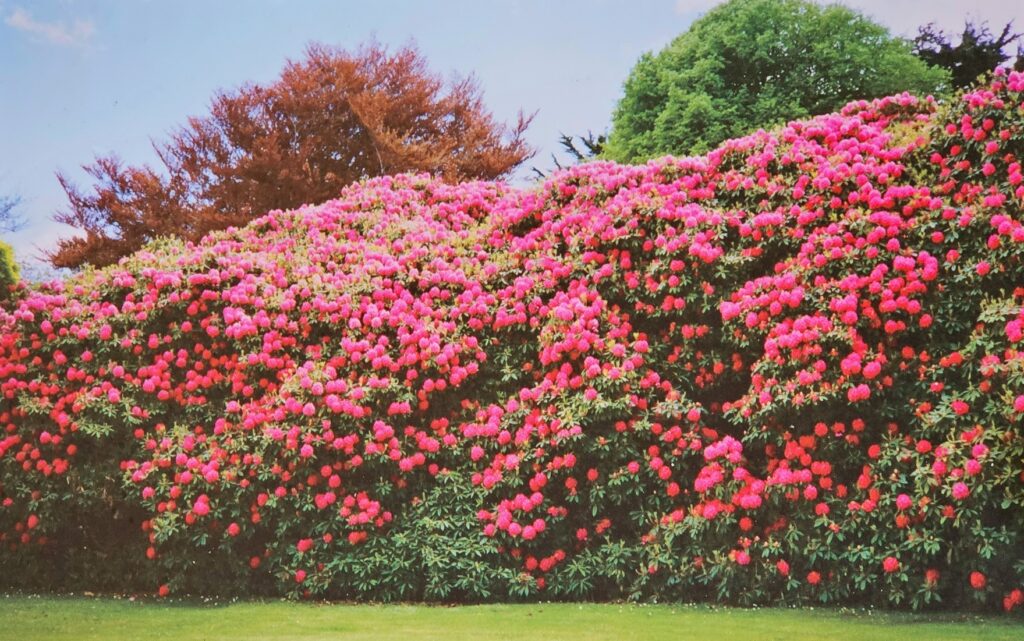
A lazy Sunday afternoon tinkering in the garden to make the most of a burst of Southland sunshine has to be planned for with paperwork ahead of time. And really – planning for sunshine in Southland? It is necessary though, rhododendron bushes were planted in 1882 so should be looked after correctly. No doubt It would be nice if maintaining them was cheaper though.
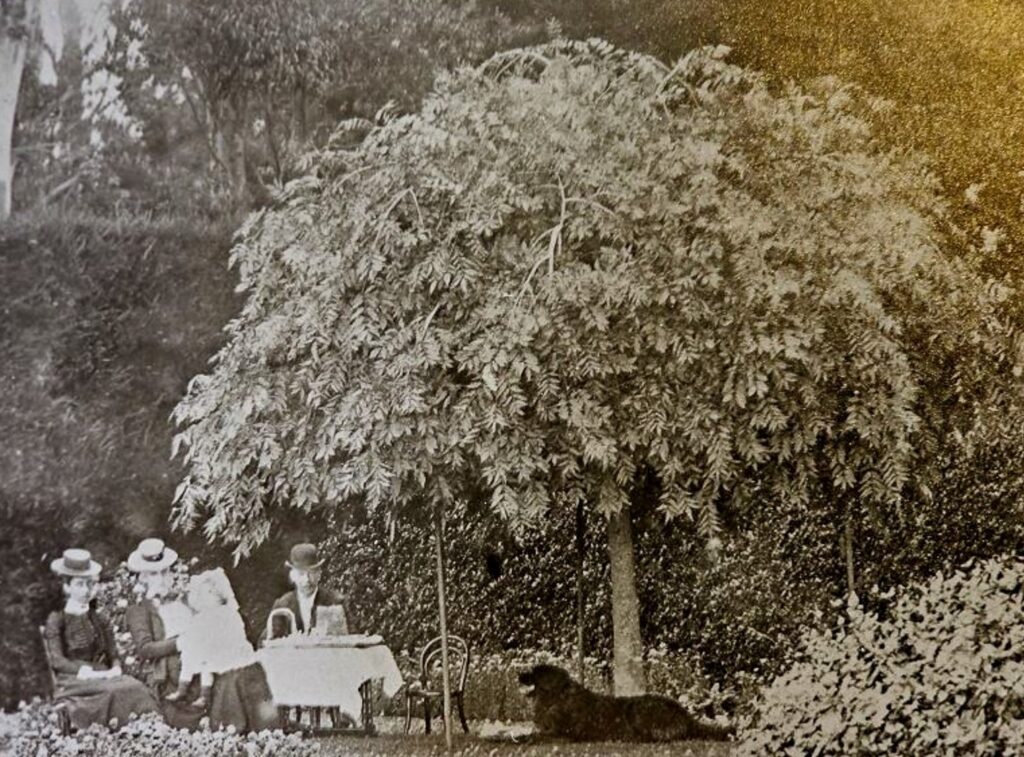
Of course, we do get the sun here and plenty of it. This has to be true because the Thompson family were faced with Holy, Sycamores and Ivy of such rigorous health they had claimed the tennis court for their own, and made a decent start on the rest of the grounds.
Hundreds of tons of green waste needed to go. But before that, the Thompson family had to engage the service of a landscape architect and submit a plan to Heritage New Zealand.
Big FRAXINUS excelsior ‘Pendula’ – Weeping Ash providing shade for a leisure time in the garden.
This might seem simple enough but remember earlier when we mentioned ‘perplexing secrets’? Well (and no pun intended here) the mysterious source of underground water is one of them. We’re getting ahead of ourselves though. For now, let’s just say there is the added issue of Lennel being considered an archeological site (as is any pre 1900 building of known significance), meaning you cannot dig the ground without archeological authority. Because you might just find something that has you scratching your head and going ‘well, well, well’ (pun intended this time).
In part 3 of Lennel we’ll reveal everything. Including how Lennel almost found itself for sale in 2024 as the restoration project takes its toll on the family.
Meanwhile, check on these two beautiful trees that you find not only at Lennel House garden but here at the nursery.
We also would like to thank Laura for all photos from her heritage, a precious contribution for this article.
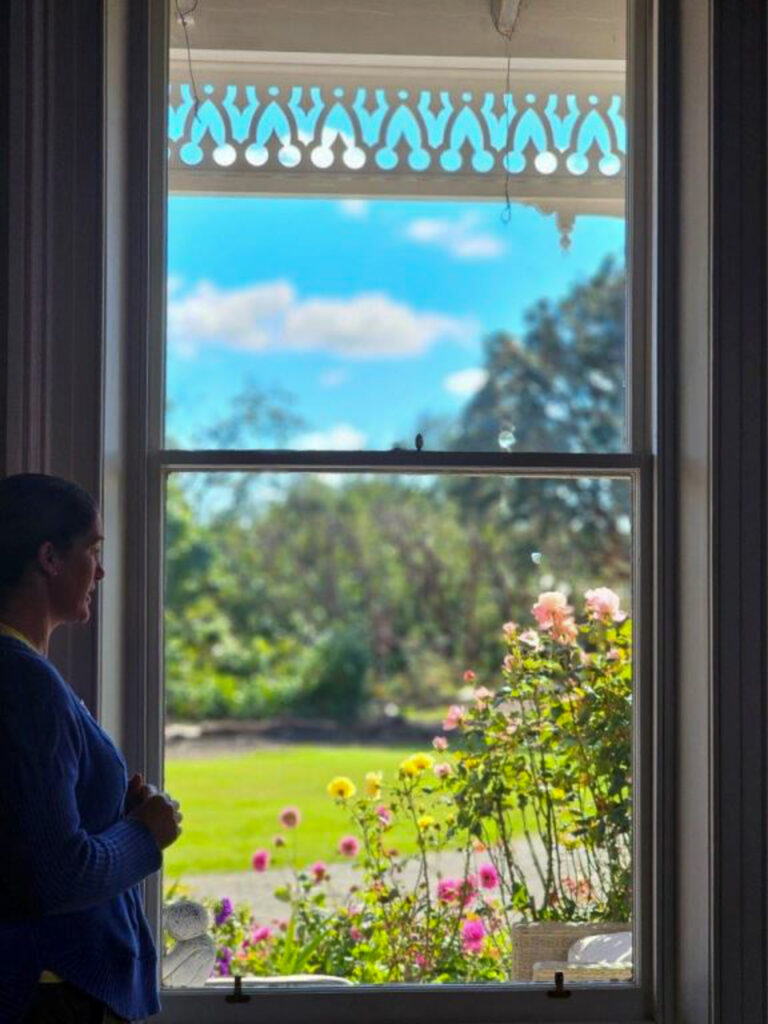
FRAXINUS excelsior ‘Pendula’ – Weeping Ash
A hardy beautiful cascading weeping tree. It has fine green foliage turning gold early autumn. An excellent lawn specimen and feature tree. Deciduous, grows to 4 x 6m.
– Suitable for: Lawn specimen, feature tree.
– Features: Strong weeping cascading form, good for shade and picnics.
Previous photo: Harrisons Heritage Collection tree, 400 litres container.
RHODODENDRON varieties
An attractive dense growing tree. Attractive spring flowers and dark green foliage. Evergreen, Very cold hardy, grows to 3m.
We have a selection of Rhododendron varieties available in a range of colours. Contact us today for more information.
– Suitable for: Feature and specimen planting.
– Features: Dark green foliage, attractive spring flower.

Archives
- April 2024
- March 2024
- February 2024
- January 2024
- December 2023
- November 2023
- October 2023
- September 2023
- August 2023
- July 2023
- June 2023
- May 2023
- April 2023
- March 2023
- February 2023
- January 2023
- December 2022
- November 2022
- October 2022
- September 2022
- August 2022
- July 2022
- June 2022
- May 2022
- April 2022
- March 2022
- February 2022
- January 2022
- December 2021
- November 2021
- October 2021
- September 2021
- August 2021
- July 2021
- April 2021
- March 2021
- February 2021
- January 2021

